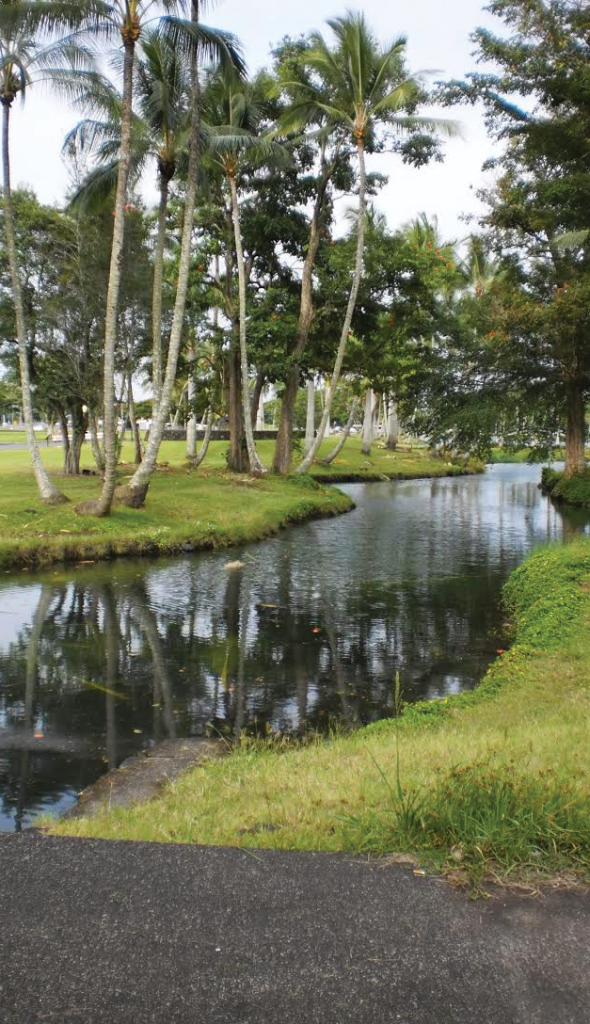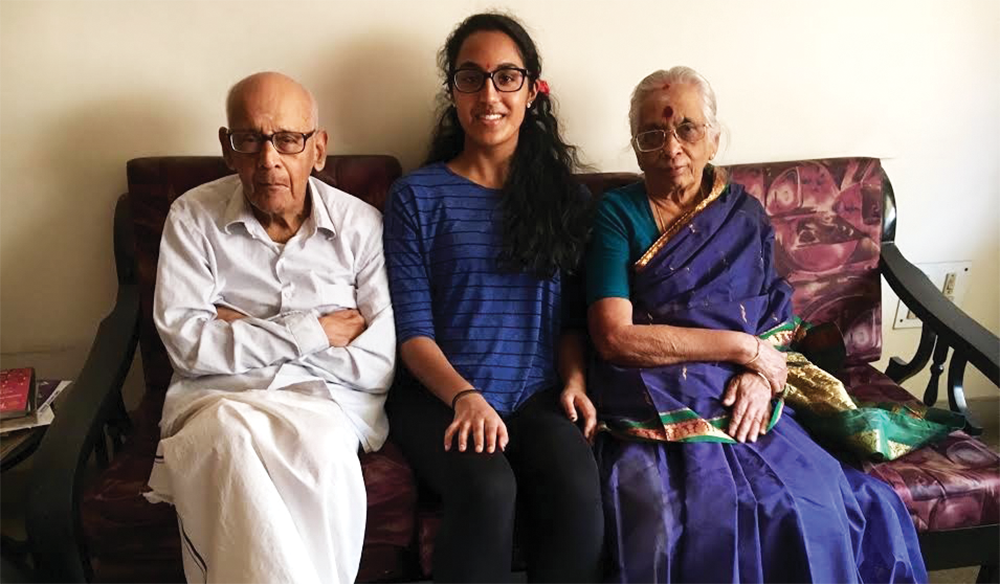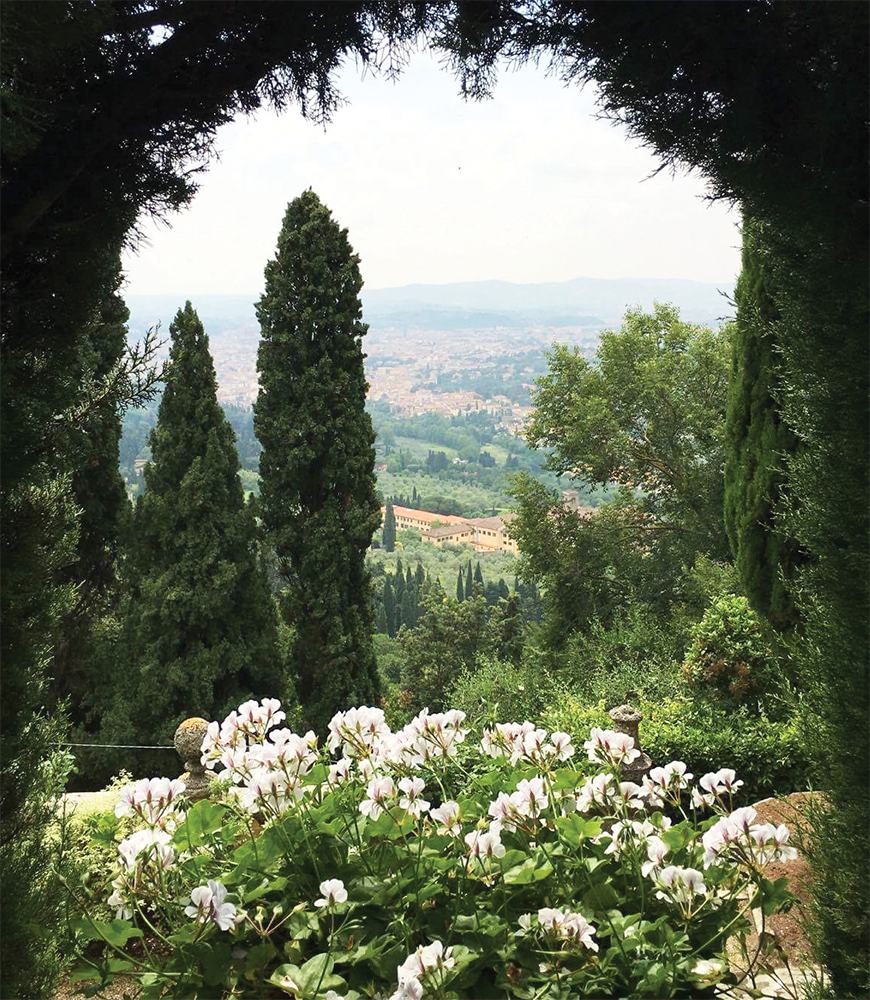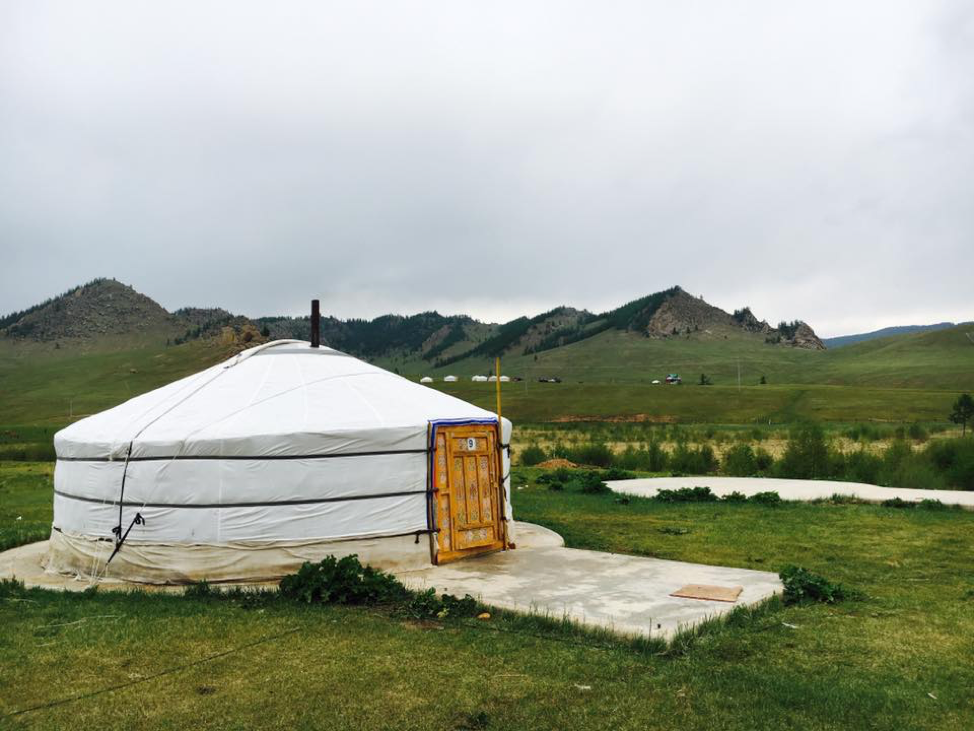
“Please do not put your hat on the floor,” my host sister, Khaliun, says to me as she picks up my blue Patagonia hat from the floor and carefully places it on the nightstand next to my bed.
“Great, your first hour in the country, and you have already disrespected the local customs,” I thought to myself as I began to question my decision to spend six weeks in Mongolia.
This past summer, I signed up on a whim to volunteer for Learning Enterprises to teach English in Ulaanbaatar, the capital of Mongolia. Growing up in China, I had visited the grassy steppes of Inner Mongolia, an autonomous province of China, and heard legends of Genghis Khan, the great Khan who conquered the largest area of land in history. Other than that, I knew nothing about the country or its culture. When I told my family and friends in China that I was going to Mongolia, they all responded with, “Oh, they speak Chinese there, right?”
Not only do Mongolians not speak Chinese, Mongolia is not a part of China. Known as the “Land of the Eternal Blue Sky,” Mongolia is a sovereign landlocked country between Russia and China, with the 18th largest land area in the world and a minuscule population of three million, half of which live in the country’s capital, Ulaanbaatar.
We were quite a diverse group of volunteers: three American, one Spanish, one Chinese and two Irish students. Each of us came from different backgrounds and had different reasons for travelling to Mongolia. Nonetheless, we shared our daily struggles to come up with a lesson plan for our students, to communicate with our host families and taxi drivers, to determine what exactly was on our lunch plates and to figure out how to decline politely the excess amount of food presented to us by our host families.
We spent our mornings teaching, each of us in charge of our own classrooms; I taught the tenth grade. Most of the students already spoke English pretty well so we did lots of practice for the TOEFL, the Test of English as a Foreign Language, as many of the students hoped to attend university abroad. The students were all eager to learn, choosing to come to class even though they were on their summer breaks. Some of the students were shy at first, but they gradually became more confident and spoke up in class.
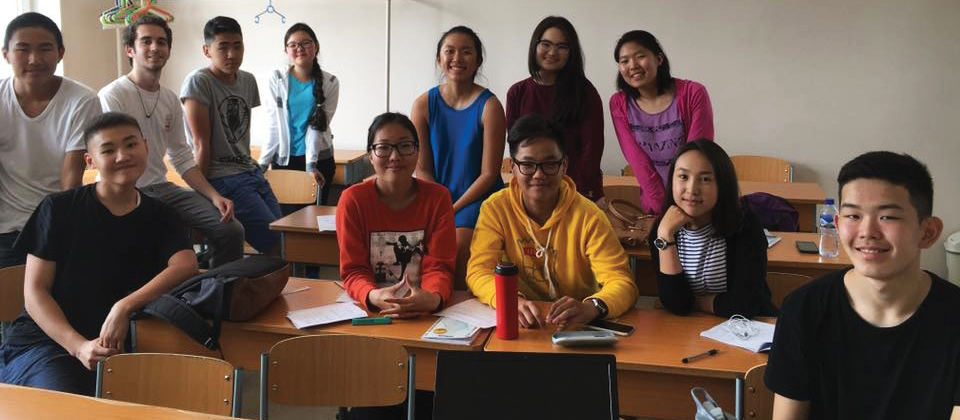
We had most of the afternoons free, so we volunteers, often accompanied by our host siblings, spent our days wandering around the city. We went to ethnic restaurants, rode bikes in the children’s park, visited many Buddhist temples, attended a Buddhist meditation session, discovered a hidden vegan restaurant and spent many hours in Café Bene and Cherry Bakery.
During our midpoint break, we travelled to the Gobi Desert and experienced the lifestyle of the nomadic people. We stayed in gers, or traditional nomadic dwelling spaces, climbed sand dunes, rode camels and tried fermented horse milk — not my preferred choice of beverage.
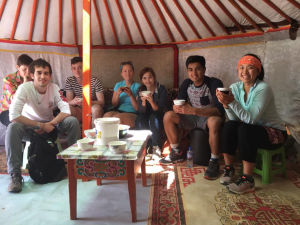
I quickly bonded with my host family. Communication was easy, as my host mom was an English teacher, and my host dad had spent some time working in the United States. My host siblings became the siblings I never had; we stayed up watching Harry Potter movies, and I struggled to wake them up in the mornings. Taking time out of their busy schedules, my host parents made sure I saw all the famous sites in the city, and even drove me to Terelj to see the Genghis Khan statue and to visit the grandparents. By the end of the third week, I had met every member of the extended family.
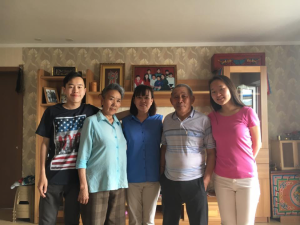
When you travel to a foreign country, you either love or hate the local cuisine. Unfortunately, the meat-heavy Mongolian diet was not my friend. A lover of vegetables, I cringed at the plates of beef and mutton presented to me at the dinner table. Not wanting to be disrespectful, I tried to eat as much as I could. It did not take long for my host family to notice my lack of enthusiasm for the food, so they asked me what I would like to eat. I offered to cook for them and made some classic Chinese dishes like eggs and tomato and chicken and broccoli, which they loved.
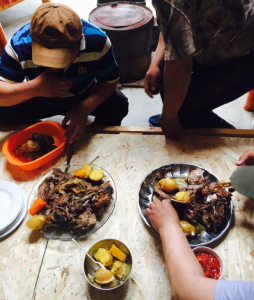
As the weeks progressed, I picked up on more Mongolian customs. For example, at mealtimes, the eldest male family member always cuts the meat; when a family member returns or is about to embark on a journey, he or she is presented with a cup or warm milk tea; and, if you accidentally step on someone’s foot, you touch his or her hand or arm for a second as a sign of respect.
Six weeks flew by. As someone who spends most of the year away from my own family, I quickly grew attached to my host family. Compared to some of the other volunteers, I did not look like a foreigner and, thanks to the hospitality of the people, I did not feel like a foreigner either. On the last day before my departure, my host mom cooked a pot of milk tea and offered a cup to me. After six weeks in Mongolia, I may not have grown to love the meat and dairy-heavy diet, but I have grown to love the country’s rich culture and the people’s welcoming warmth.
I gladly drank all the milk tea and, you know what? It tasted like home.
STELLA CAI is a sophomore in the School of Foreign Service.















